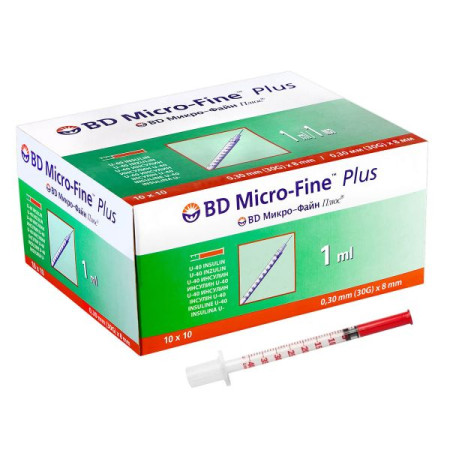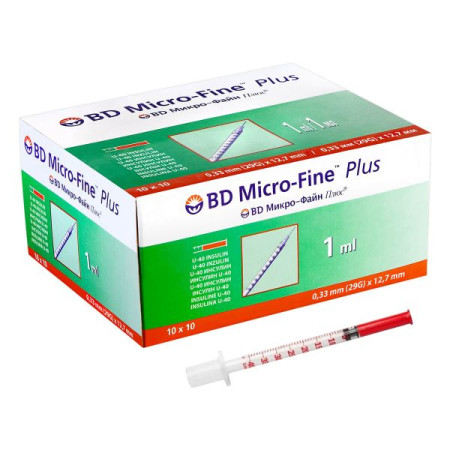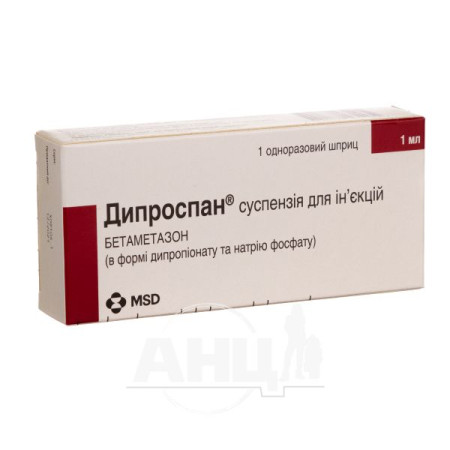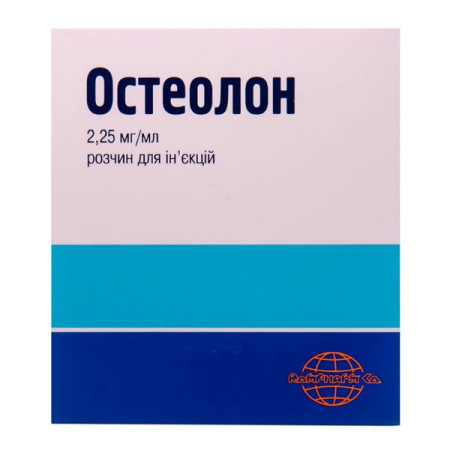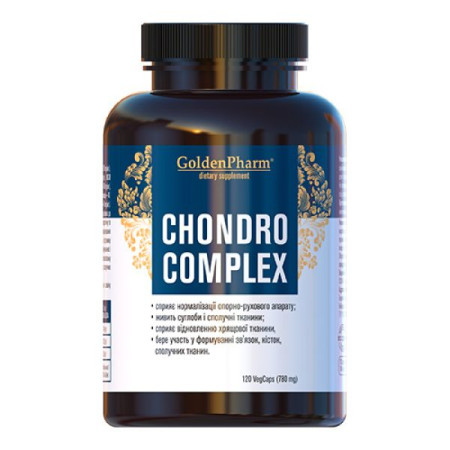Clodifen eye drops 0.1% dropper bottle 5 ml

Instructions for Clodifen eye drops 0.1% dropper bottle 5 ml
Composition
active ingredient: diclofenac;
1 ml of solution contains diclofenac sodium 1 mg;
Excipients: trometamol, polyethoxylated castor oil, disodium edetate, mannitol (E 421), benzalkonium chloride, diluted hydrochloric acid, purified water.
Dosage form
Eye drops, solution.
Main physicochemical properties: transparent, colorless or light yellow solution.
Pharmacotherapeutic group
Drugs used in ophthalmology. Anti-inflammatory drugs. Diclofenac. ATX code S01B C03.
Pharmacological properties
Pharmacodynamics
The drug contains diclofenac sodium, a nonsteroidal anti-inflammatory drug with analgesic properties. The mechanism of action of diclofenac sodium is associated with a pronounced inhibition of prostaglandin synthesis.
Diclofenac has been clinically proven to inhibit miosis during cataract surgery and reduce the inflammatory process and eye pain caused by damage to the corneal epithelium after some types of surgery.
There are no data on the effect of diclofenac on wound healing.
Pharmacokinetics
When instilled, diclofenac is absorbed into the systemic bloodstream. When instilled into the conjunctival cavity, the maximum concentration of diclofenac in the cornea and conjunctiva was maintained for 30 minutes. The drug is rapidly excreted from the body, complete elimination is observed after 6 hours.
However, the concentration of the active substance achieved in the blood is significantly below the detection limit and is of no clinical significance.
Indication
Inhibition of intraoperative miosis during cataract surgery; Treatment of postoperative inflammation after cataract surgery and other surgical procedures; Control of pain and discomfort in ophthalmology associated with corneal epithelial damage after excimer photorefractive therapy (PRT) or minor non-penetrating trauma; Control of inflammation after argon laser trabeculoplasty (ALT); Reduction of signs and symptoms of seasonal allergic conjunctivitis (SAC) in ophthalmology; Treatment of inflammation and discomfort after surgical treatment of strabismus; Treatment of pain and discomfort in ophthalmology after radial keratotomy.
Contraindication
Hypersensitivity to diclofenac sodium or to any of the excipients. Like other nonsteroidal anti-inflammatory drugs (NSAIDs), Clodifen is contraindicated in patients with attacks of bronchial asthma, urticaria, acute rhinitis associated with the use of acetylsalicylic acid or other drugs that inhibit the activity of prostaglandin synthetase. There is a possibility of cross-sensitivity to acetylsalicylic acid, phenylacetic acid derivatives and other NSAIDs. Intraocular use of the drug during surgical procedures.
Interaction with other medicinal products and other types of interactions
Concomitant use of topical NSAIDs, such as diclofenac, and topical steroids in patients with severe, pre-existing corneal inflammation may increase the risk of corneal complications and should be used with caution.
A time interval of at least 5 minutes should be observed between the use of different medications.
Application features
The drug contains benzalkonium chloride, which may cause eye irritation. Contact lenses should be removed before instillation of the drug and put back on at least 15 minutes after application. Benzalkonium hydrochloride is known to discolor soft contact lenses.
The anti-inflammatory effect of ophthalmic NSAIDs, including diclofenac, may mask the onset and/or progression of ocular infections. If an infection is present or there is a risk of infection, appropriate therapy (e.g. antibiotic therapy) should be administered concurrently with Clodifen.
Caution should be exercised when using topical NSAIDs, such as diclofenac, and steroid medications simultaneously.
After instillation of eye drops, nasolacrimal occlusion or closing the eyes for 3 minutes may result in reduced systemic absorption. This, in turn, may result in reduced systemic side effects and increased local activity of the drug.
Ability to influence reaction speed when driving vehicles or other mechanisms
Patients who experience blurred vision should refrain from driving or operating other machinery.
Use during pregnancy or breastfeeding
There are no data on the use of the drug during pregnancy. It should not be used during the third trimester due to the possible risk of premature closure of the ductus arteriosus and possible suppression of contractions.
Diclofenac is excreted in breast milk. The use of diclofenac in ophthalmology is not recommended during breastfeeding, except when the expected benefit from the drug outweighs the possible risk.
Method of administration and doses
Clodiphene eye drops are intended for instillation into the conjunctival sac of the eye only. Under no circumstances should it be administered subconjunctivally, nor should it be administered directly into the anterior chamber of the eye.
Do not touch the eye or eyelids, surrounding areas or other surfaces with the dropper, as this may lead to contamination of the medicine.
| Prevention of intraoperative miosis | 1 drop 4 times within 2 hours before surgery. |
| Monitoring the development of the inflammatory process in the postoperative period | 1 drop 4 times a day for a period of up to 28 days. |
| Control of the severity of pain and discomfort in the period after PRK | 1 drop 2 times an hour before surgery, 1 drop 2 times within 5 minutes immediately after PRK, and then in the postoperative period 1 drop every 2-5 hours during the waking period for 24 hours. |
| Control of the severity of pain syndrome in ophthalmology associated with damage to the corneal epithelium after minor non-penetrating trauma | 1 drop 4 times a day for 2 days. |
| Monitoring the development of the inflammatory process after ALT | 1 drop 4 times within 2 hours before ALT, and then 1 drop 4 times a day for 7 days. |
| Reduction of signs and symptoms of seasonal allergic conjunctivitis in ophthalmology | 1 drop 4 times a day for as long as necessary. |
| Treatment of inflammation and discomfort after surgical treatment of strabismus | 1 drop 4 times a day for the 1st week, 3 times a day for the 2nd week, 2 times a day for the 3rd week and if necessary for the 4th week. |
| Treatment of pain and discomfort in ophthalmology after radial keratotomy | In the preoperative period - 1 drop before the operation, in the postoperative period - 1 drop immediately after the operation, and then 1 drop 4 times a day for a period of up to 2 days. |
Children
The drug is not used in children.
Overdose
No cases of drug overdose have been reported.
Adverse reactions
The most commonly observed side effect was transient, mild to moderate irritation of the eye mucosa.
Other less common adverse reactions were itching, redness of the eyes, and blurred vision immediately after instillation of the eye drops.
As a rule, after frequent use of the drug, punctate keratitis and damage to the corneal epithelium, as well as eye pain, are observed.
In patients at risk of developing corneal lesions that occur during the use of corticosteroids, or with concomitant diseases such as infections or rheumatoid arthritis, the use of diclofenac has been associated in rare cases with the development of ulcerative keratitis, corneal thinning, punctate keratitis, corneal epithelial damage and corneal edema, which can lead to loss of vision.
Symptoms of allergic ocular conditions such as conjunctival hyperemia, allergic conjunctivitis, eyelid erythema, edema and itching, and systemic hypersensitivity reactions such as urticaria, rash, eczema, erythema, itching, cough and rhinitis have been reported.
In rare cases, shortness of breath and exacerbation of bronchial asthma have been reported.
Expiration date
3 years. After opening the bottle, the drug can be used for 4 weeks.
Storage conditions
Store at a temperature not exceeding 25 ºС in a place inaccessible to children.
Packaging
5 ml in a dropper bottle, 1 dropper bottle in a cardboard box.
Vacation category
According to the recipe.
Producer
K.O. Rompharm Company S.R.L., Romania.
Location of the manufacturer and its business address
Otopeni, Eroilor St. No. 1A, 075100, Ilfov County.
There are no reviews for this product.
There are no reviews for this product, be the first to leave your review.
No questions about this product, be the first and ask your question.







